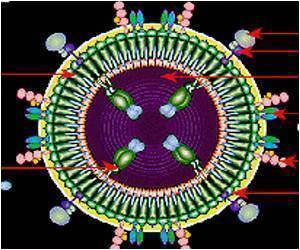
‘In response to an infection, immune T cells develop in 'families' that are programmed to divide and die at different times after the infection is detected.’
Tweet it Now
The research team discovered that in response to an infection, immune T
cells develop in 'families' that are programmed to divide and die at
different times after the infection is detected. This new understanding
of how the immune response is controlled may underpin future
improvements in vaccination or the treatment of autoimmune diseases.Dr. Julia Marchingo, Professor Phil Hodgkin and colleagues at the Walter and Eliza Hall Institute worked with Professor Ken Duffy and Mr. Giulio Prevedello from Maynooth University, Ireland, to develop a new way to track immune T cells as they divide and increase in number during an immune response. Their research was published in the journal Nature Communications.
The new imaging and computational biology techniques revealed that 'families' of immune cells develop during an immune response, said Dr. Marchingo, who is now a postdoctoral researcher at the University of Dundee, UK.
"Like families of people, these families of T cells vary in their characteristics," she said. "In the case of T cell families, the variability we detected was in how many times the cells would divide, and at what point in the immune response the cells would die. We were surprised by how consistent these were within each family of cells - as if the related cells had inherited a set of instructions specifying how they should behave," Dr. Marchingo said.
Professor Duffy said the team's discovery of how immune cells respond to infection was driven by an entirely new approach to analyzing the immune response. "In the past we had to track immune cells using microscopy, watching individual cells over days to see whether they were dividing or dying," he said. "This was incredibly time consuming and limited our ability to understand the intricacies of the immune response. By combining laboratory techniques with mathematical analyses we could follow hundreds of T cell families, and realized that their behavior was influenced by which family they belonged to."
Advertisement
Source-Eurekalert










